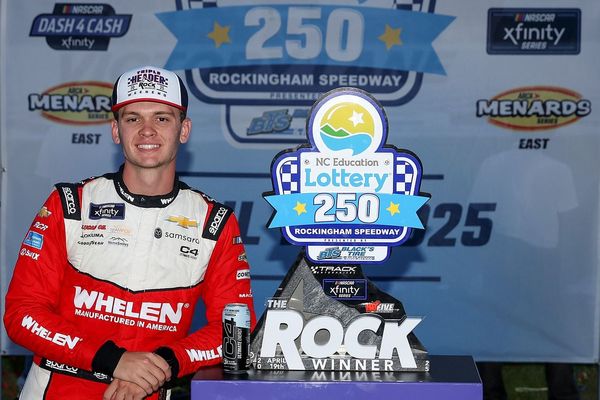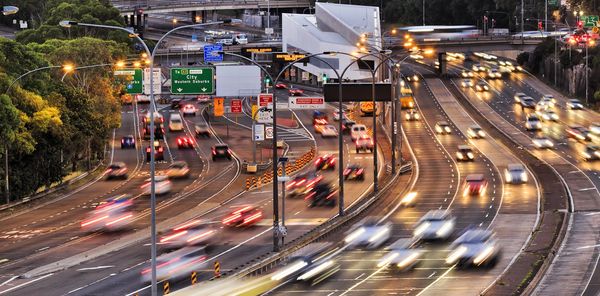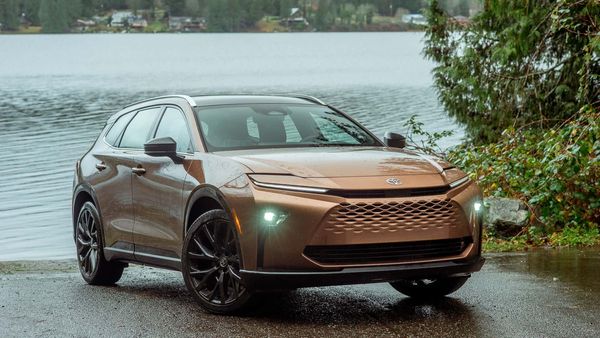
Some small cars have a surprisingly big thirst for fuel, with the latest vehicle road tests showing three popular hatchbacks exceeded their advertised petrol consumption by more than 20 per cent.
One popular model consumed 35 per cent more petrol than expected, and hybrid vehicles were not immune to the trend.
The results, released by the Australian Automobile Association on Wednesday, are the latest in a series of on-road tests performed to rate vehicles' real-world fuel consumption and emissions compared to laboratory tests.
Fourteen vehicles were examined in the latest round of testing, and 11 exceeded their advertised fuel consumption.

Two small vehicles recorded the worst results of the batch, with the popular Mazda 2 hatchback using 35 per cent more fuel than expected (6.8 litres per 100 kilometres) and the Suzuki Swift hybrid using 31 per cent more petrol (5.2 litres).
The MG5 also used 21 per cent more petrol than lab tests indicated, while two other small cars, the Hyundai i30 and Kia Picanto, recorded petrol consumption of 11 per cent higher than expected.
The results proved the need for real-world vehicle tests, association managing director Michael Bradley said, as laboratory tests were failing to provide accurate assessments.
"While some cars perform as per the information at the point of sale, our program is revealing that many – if not most – do not," he said.
"These results again show real-world testing is needed to help consumers and fleet buyers avoid buying a vehicle that produces more emissions and higher running costs than advertised."
In other vehicle categories, the Mazda CX-5 medium-sized SUV exceeded its advertised petrol consumption by 22 per cent, the Toyota C-HR hybrid SUV used 10 per cent more petrol, and the large Nissan Patrol SUV exceeded Australian emission limits.
Only Mitsubishi's Outlander SUV used less fuel than advertised, with its consumption two per cent under its lab results.
The motoring body has tested 84 vehicles since the program launched in 2022, with $14 million funding from the federal government.
Of the vehicles tested, more than half used at least five per cent more fuel than lab tests indicated and five vehicles used 30 per cent more fuel.
The vehicle emission tests results will be particularly useful in light of Australia's New Vehicle Efficiency Standard (NVES) that puts a limit on brands' vehicle emissions, Mr Bradley said, and could help provide a more detailed picture of transport pollution in Australia.
"(The tests) will act as a complementary audit regime for the NVES," he said.
"The program is working with the NVES to help make the national vehicle fleet cleaner and more fuel-efficient."
The standard, introduced in January this year, puts an emissions limit on each brand's new vehicle fleet, with penalties in place for companies that fail to meet the limit from July.










